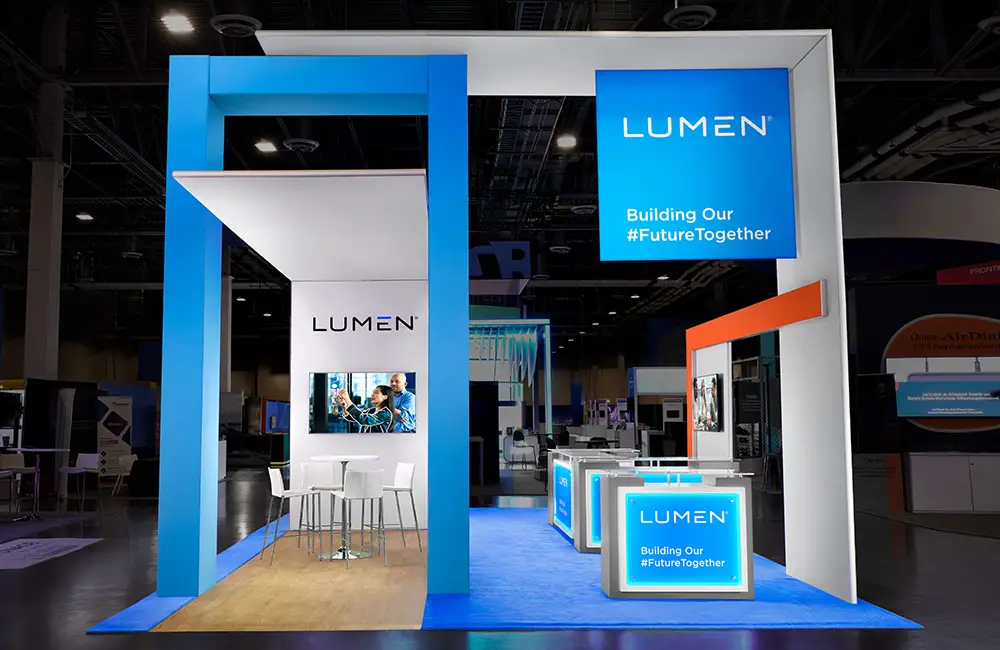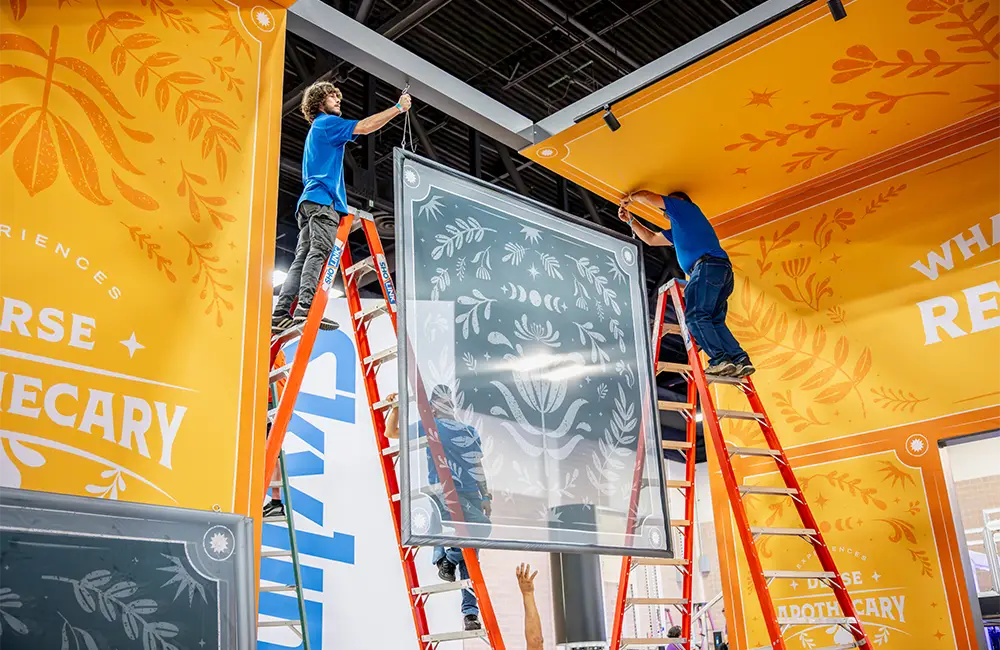Five Considerations for Planning a New Trade Show Booth
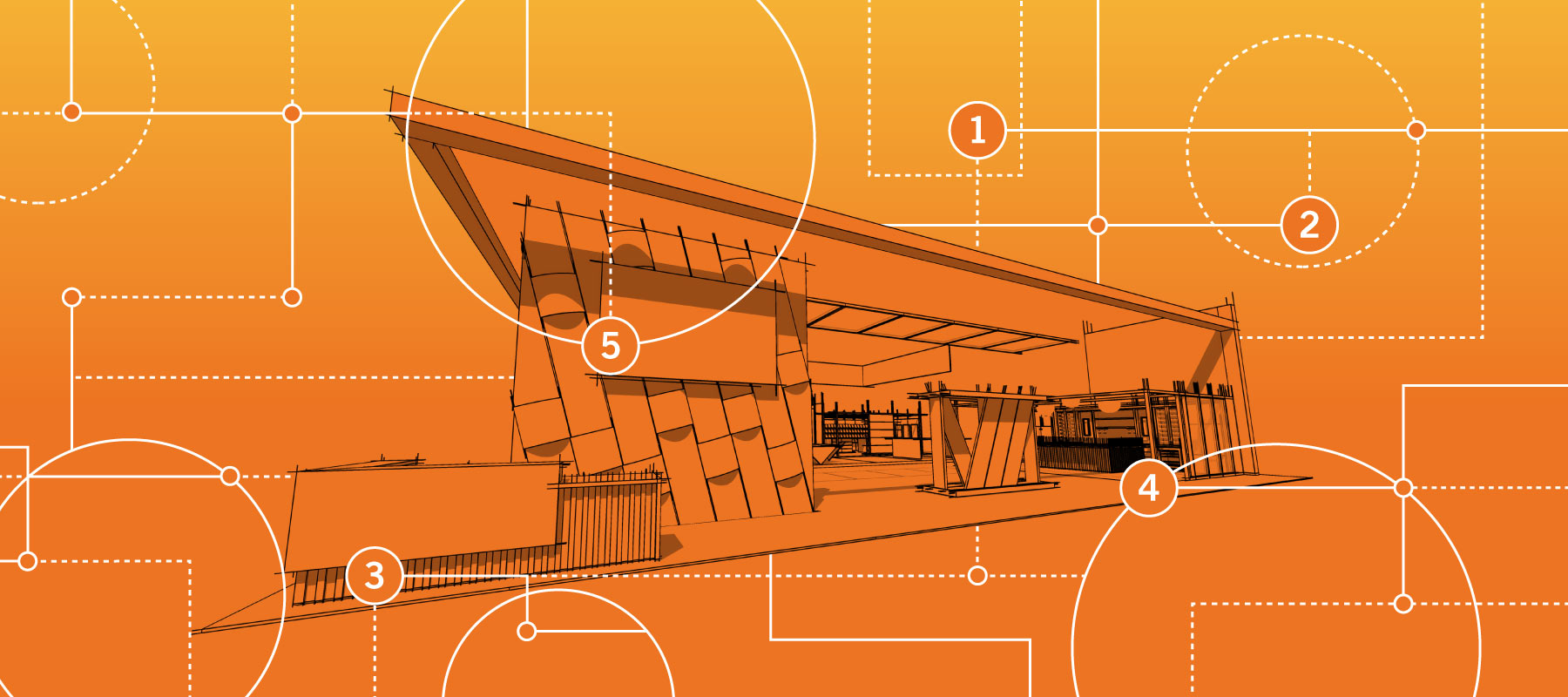
From deadlines to decision makers, the trade show planning process is a big undertaking. If you don’t go in with a plan, you might get overwhelmed.
To make the process smoother for you, we identified five main categories to guide you through your planning. If you’re ready to dive into the details of planning, check out our Trade Show Exhibit Planning Guide or read about the five main categories you should consider below:
1. OVERALL TRADE SHOW PROGRAM
Are you planning for the one show your company attends or do you have a schedule of shows that your new booth will be used at? Not only can this play a part in the design of your exhibit, but it can also help you determine if you should rent or buy your next booth.
As you take the time to assess what you want to change for your new booth, reflect on your prior trade show strategy. What were the results? What worked? What didn’t? Use these insights to guide the conversation with your trade show partner.
2. STAKEHOLDERS & DECISION MAKERS
Set yourself up for success during the planning process by getting clarity on who has a say in your trade show program. While you have the responsibility of planning the exhibit, you may need to lean on teammates, product managers, and executives to develop your objectives and work with your exhibit partner.
Before you get too locked into the process, make sure the right people are joining in on the planning conversations so you can move forward with clarity and confidence.

3. GOALS & OBJECTIVES
Your goals can be anything from strengthening relationships to generating brand awareness and sales. When you can identify and articulate your goals, your exhibit partner can help you create a plan to achieve them. Each of your goals can impact the layout, engagement, and structural components of your exhibit.
As a marketing professional, you know your company’s target audiences. When you communicate that with your exhibit partner, they can create a strategy that helps you reach them on the trade show floor.
4. EXHIBIT NEEDS & REQUIREMENTS
Taking some time to reflect on exhibit functionality and features that are essential to your trade show presence will help you stay on the same page as your booth designers. Whether you need conference rooms, graphic design support, demo stations, or technology integration, clarity on these components will help you establish an accurate vision for your new booth.
In addition, giving thought to the best architectural style for your brand, such as angular, rectilinear, and curvilinear styles can help guide the creative direction during the design process.
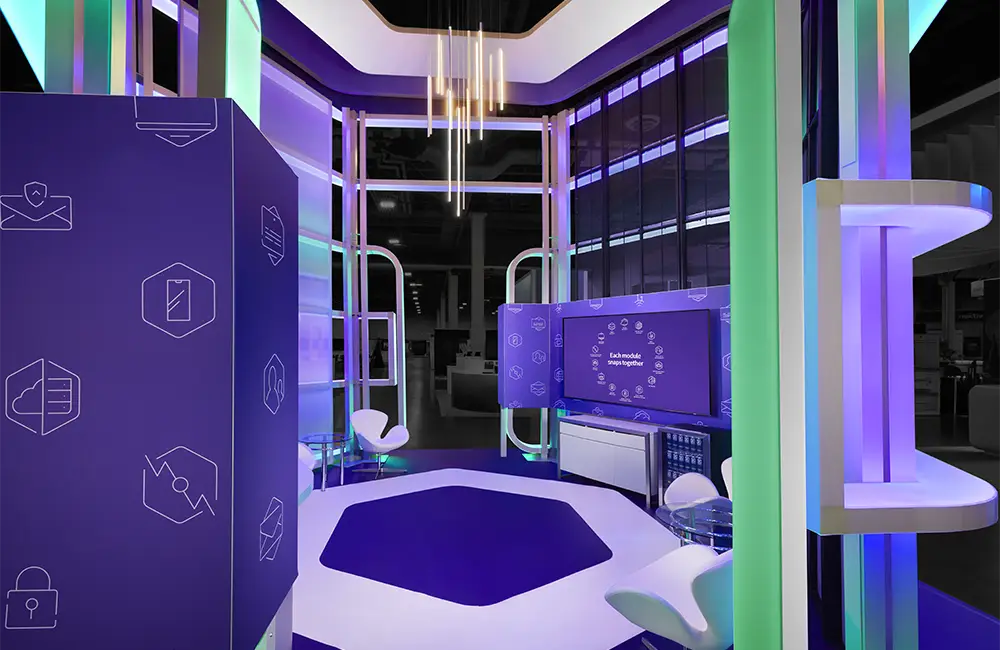
5. BUDGET
Budget information is essential to collaborate with your exhibit partner. When you don’t communicate clear budget parameters and what your budget includes, you run the risk of receiving exhibit design renderings that you may not be able to afford.
It’s important to consider budget items that pertain to design, project management, construction, onsite execution, and ancillary services.
Looking for more guidance and support when planning your trade show?
Download our Trade Show Exhibit Planning Guide and work with our experts to develop a plan for achieving success.
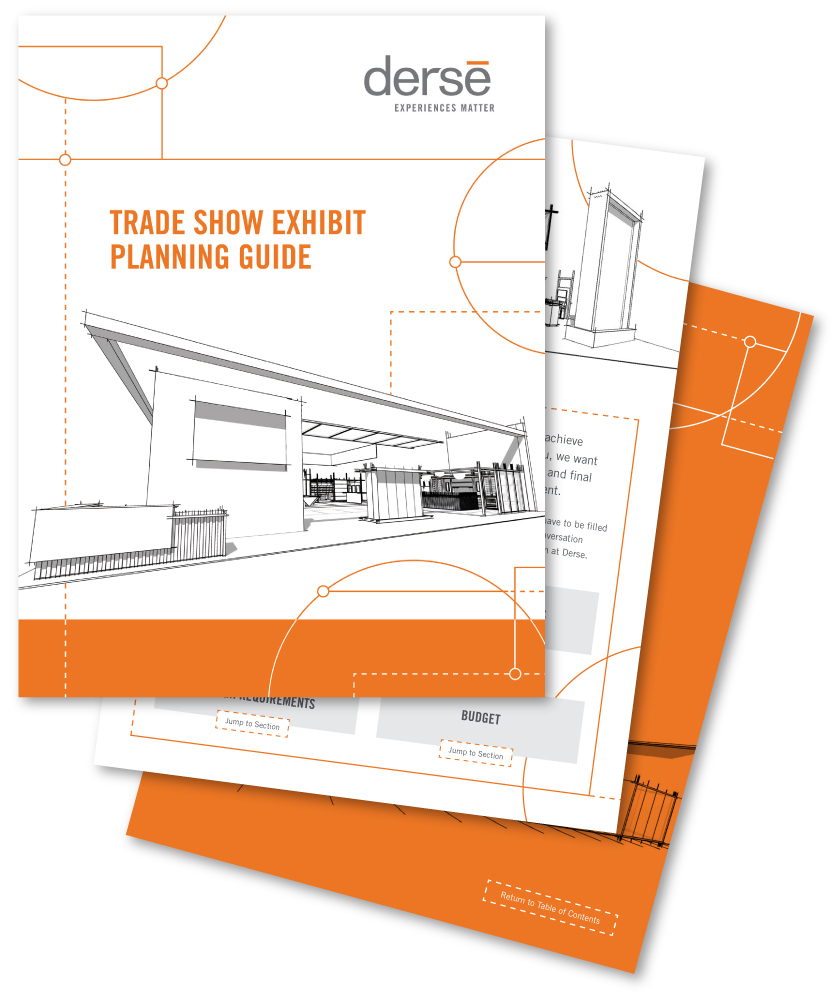
Share this article
